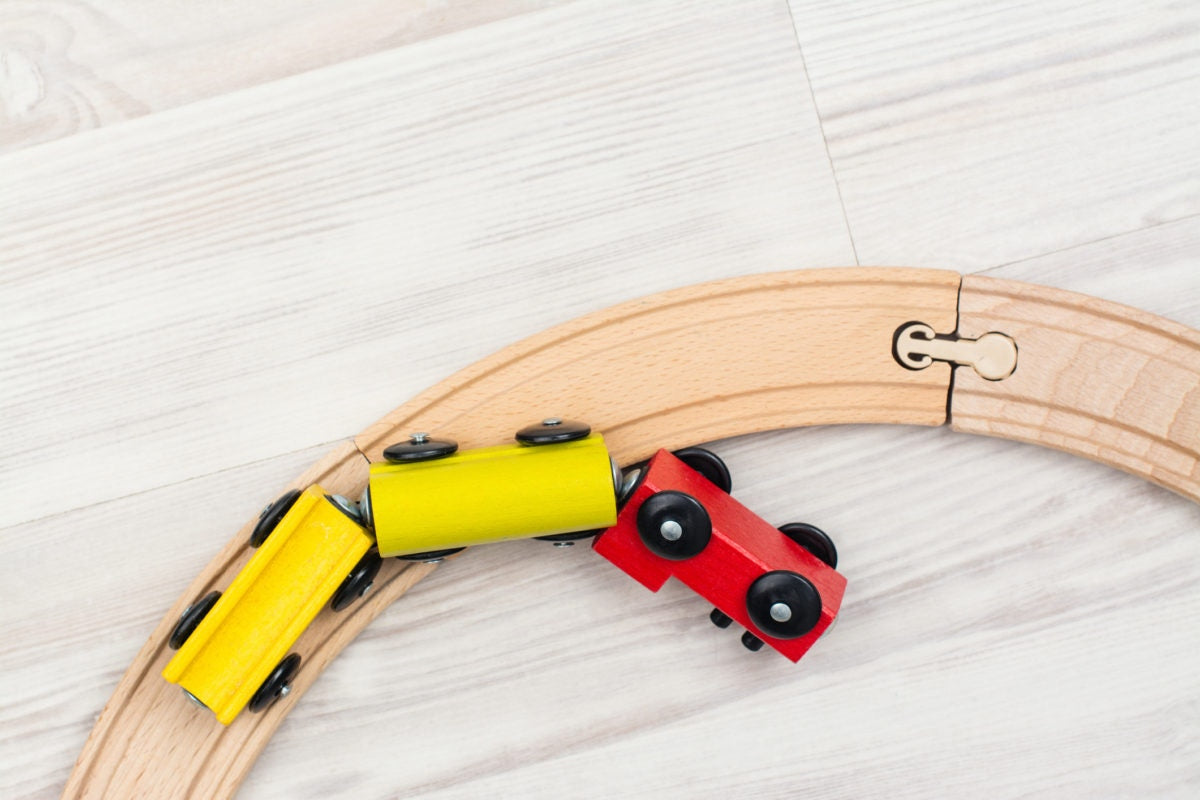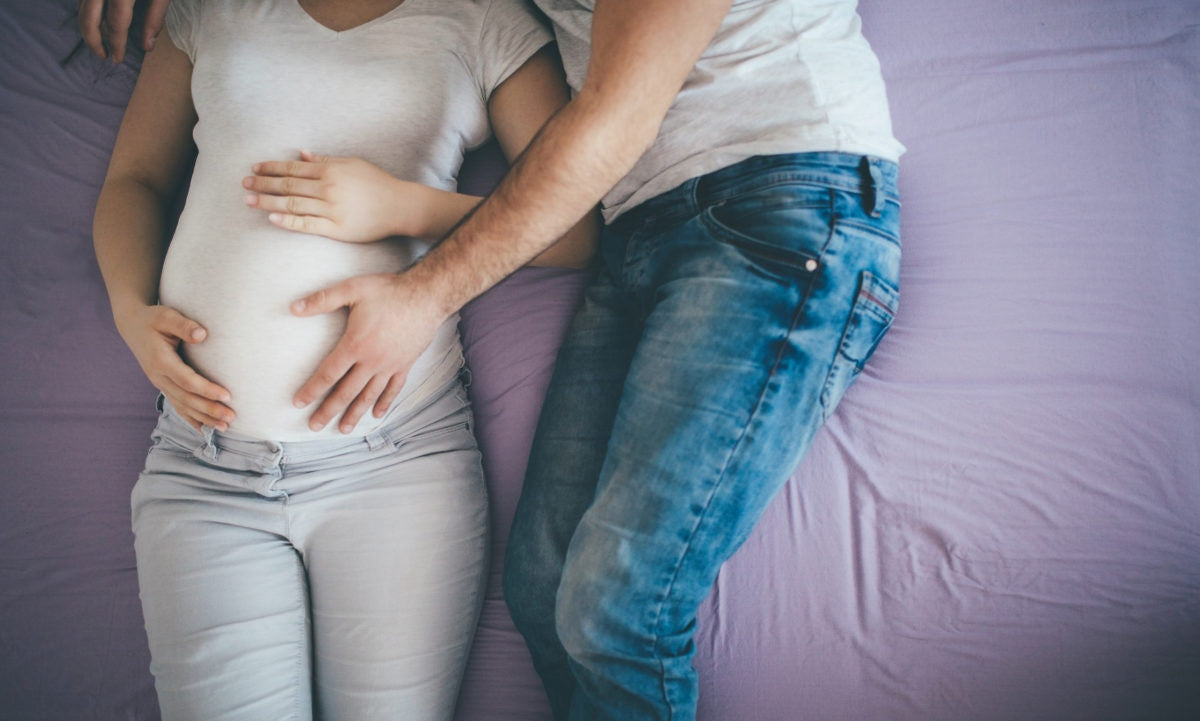Last spring, Target recalled over a half-million water-absorbing toys, including Hatch and Grow Easter Eggs.
The story was one of those rare political unifiers. Commenters on Fox News' coverage were indistinguishable from CNN's, with the majority of respondents chiding kids without the "common sense" to avoid eating toys or blaming parents for not watching their young children closely enough. Many noted that the recall was overkill because no children had been harmed.
The egg case reflects a surprising problem facing today's parents: toys are now so safe that we tend not to take safety warnings seriously. By many metrics, kids' products are safer than ever. However, parents need to remain vigilant, especially in light of a current vacancy at the Consumer Product Safety Commission.
The "Year of the Recall"
Just 10 years ago, toy safety was consistently making headlines. Consumer Reports dubbed 2007 the "Year of the Recall" after news coverage demonstrated the various barriers to toy safety.
In May of that year, the Chicago Tribune ran a pair of stories about the Consumer Product Safety Commission's failure to act upon warnings about Magnetix toys, specifically, the super-strong magnets that, when swallowed, tended to rip through children's intestines. The first part of that series focused on the gutting of the CPSC over the previous two decades. Its budget at the time was so small that one congressional aide interviewed for the piece called it a "rounding error."
The second part of the series emphasized problems resulting from the Toy Industry Association's role in setting voluntary safety testing standards. The Tribune's coverage later received a Pulitzer Prize.
In June, the New York Times focused on China, which was implicated in many many of 2007's product recalls, including a recall of 1.5 million Thomas & Friends Wooden Railway toys due to lead in the surface paint. According to that reporting, the CPSC's staff had recently been cut by 10 percent, making it more difficult for the agency to inspect imported toys.
In August, an article published in the journal Injury Prevention revealed that many recalled items were still being sold online. The researchers randomly selected 141 items recalled by the CPSC and searched auctions for those items. During a 30-day period, the researchers identified 190 auctions with a recalled or "probably recalled" item. ("Probably recalled" referred to items with a matching product description and/or image, but without the additional confirmation of a model number.) 69 percent of the auctions resulted in a sale.
In December, NPR's investigations showed that even when manufacturers issued a toy recall, the toys still posed danger, because very few were returned to companies. Many toy recalls were based on lead contamination. When parents responded to these recalls by throwing toys in the trash, they merely sent the hazard to a new location.
Improvements to toy safety
In response to these toy safety concerns, the U.S. House of Representatives approved the Consumer Product Safety Improvement Act by a vote of 407-0 in December 2017. The CPSIA passed the Senate in March 2008. The bill drastically increased both funding and staffing for the CPSC.
The CPSIA restricts the amount of lead and phthalates allowable in children's products. The law mandates third-party testing of children's products. The law also requires permanent tracking information to be placed on all children's products.
Since the passage of the CPSIA, there are drastically fewer recalls because toys are safer from the start. The large increases in CPSC staff have meant that more dangerous toys are discovered before they ever make it to market. In 2011, the CPSC established a Beijing office, which allows it to educate and inspect toy manufacturers. The CPSC examines 8,000 shipments each year to ensure products are safe before they make it to stores.
Due to higher standards, when toys are recalled, the health risks posed are often less serious than toy recalls from the previous decade. In 2007, the CPSC issued 172 toy recalls, 19 of which were for lead-contaminated toys. In 2016, the CPSC issued only 24 toy recalls, one of which was lead-related. The toy in question was a glockenspiel, for a recall of 150 units with one contaminated paint color.
The new regulations also mean that more recalled toys are being removed from circulation. The CPSIA applies to all sellers, from toy industry giants to online retailers to flea market vendors to garage sales.
U.S. online retailers have clear policies about recalled products. In its recalled items policy, Ebay makes clear that sellers are legally prohibited from selling recalled items. Amazon includes similar language for its third-party sellers.
Sellers who list products that had been under recall often do a thorough job explaining why the items are available for sale. A listing for the Thomas & Friends Yellow Box Car, which was included in the 2007 recall described in the above New York Times report, includes a disclaimer about the product along with its lead-free paint codes. A Fire Brigade train from that same recall indicates that the item being sold is a replacement item from that recall. However, no system is perfect. Multiple listings for the Old Slow Coach suggest that at least one of those recalled Thomas trains may still be available for purchase from Chinese sellers.
The CPSIA allowed for better consumer notification systems, including registration cards for cribs and other large products. Combined with recalls.gov, a registry for all recalled products in the U.S, these measures have improved the return rate for recalled items.
In 2007, Mattel reported that only six percent of its recalled toys were returned. In September of this year, CPSC Acting Chairman Ann Marie Buerkle reported that the CPSC has a 65 percent return effectiveness rate. That rate applies to all of the 15,000 products overseen by the CPSC. Toy companies and toy sellers contacted for this article declined to provide data on their recall return rates.
An emerging safety concern
Parents' current responses to toy recalls make sense because current regulation has made toys impressively safe. But while we're not paying attention, toys – as well as the other 15,000 products monitored by the CPSC – are poised to become more dangerous.
On January 30, 2017, President Trump signed an Executive Order on Reducing Regulation and Controlling Regulatory Costs, which included his demand that "for every one new regulation issued, at least two prior regulations be identified for elimination."
The EO prompted a response from the CPSC's then-chairman Elliot Kaye. Although executive orders do not apply to independent agencies, Kaye's practice at the CPSC was "to follow in spirit EOs that advance sound public policy and do not conflict with our critical public health and safety mission." Kaye voiced his strong disagreement with this EO, which he claimed "would cruelly and unfairly have us pit vulnerable populations against each other when it comes to making safety decisions."
In keeping with many political appointees at the start of the new administration, Kaye resigned his chairmanship on February 9.
President Trump has nominated Dana Biaocco to be the new CPSC chairman. Biaocco's appointment is concerning because of her role defending companies in consumer safety lawsuits.
One notable item on Biaocco's resume is her work with Mattel in defending itself against toy safety lawsuits. Her track record defending large corporations against safety complaints makes her a unique candidate to lead a government association designed to protect consumers from safety hazards. As the Daily News puts it, "Baiocco appears to join the list of Trump nominees who built careers doing the exact opposite of what their federal government role will entail."
The Chicago Tribune's Pulitzer Prize-winning coverage of the CPSC focused on how the Reagan administration paved the way for deregulation and inattention that resulted in the preventable deaths of children. Although toys seem safe to us now, parents have a responsibility to follow the CPSC's new direction closely to ensure that 2007 does not repeat itself.



